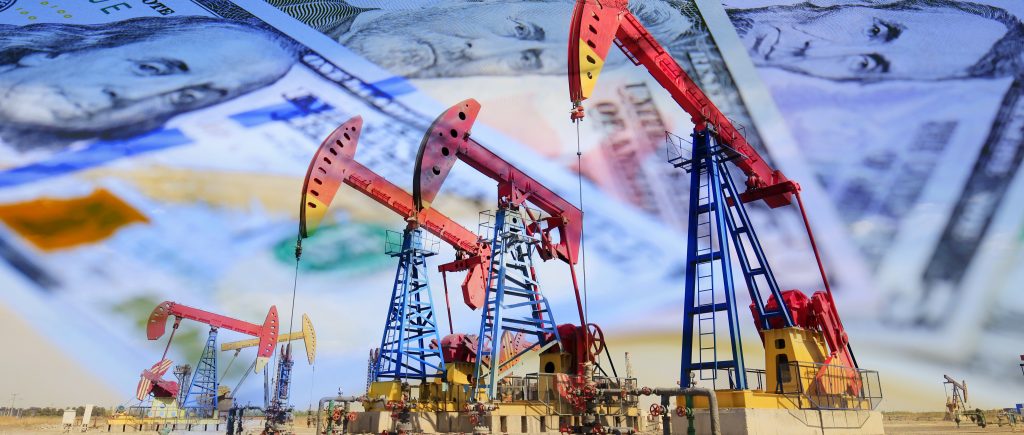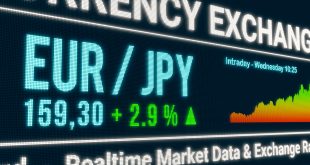Oil prices saw a slight uptick in early trading on Monday, supported by growing expectations of an interest rate cut by the U.S. Federal Reserve later this week. However, the gains were tempered by ongoing concerns about weak economic data from China and demand uncertainties.
Brent and U.S. Crude Prices Edge Higher
Brent crude futures for November delivery rose by 3 cents to $71.64 per barrel at 0402 GMT, while U.S. crude futures for October gained 16 cents, or 0.2%, to reach $68.81 per barrel. Both contracts had closed lower in the previous session due to easing concerns about supply disruptions after crude production in the Gulf of Mexico resumed following Hurricane Francine. Despite this, around 20% of crude oil production and 28% of natural gas output in the region remain offline as the aftermath of the hurricane lingers.
The slight recovery in oil prices reflects cautious optimism ahead of the Federal Open Market Committee (FOMC) meeting on September 17-18, where investors anticipate a U.S. interest rate cut. According to the CME FedWatch tool, market participants are increasingly betting on a 50 basis point cut, up from earlier expectations of 25 basis points.
The prospect of lower interest rates typically boosts economic activity by reducing borrowing costs, which can, in turn, increase demand for oil. “While a rate cut is largely priced in, the key question is whether the Fed will opt for a 25bp or 50bp cut. A more aggressive 50bp cut might raise recession fears, which could weigh on oil prices,” ING analysts said in a note to clients.
China, the world’s largest oil importer, continues to grapple with economic headwinds. Data released on Monday showed that industrial output growth in the country slowed to a five-month low in August, while retail sales and new home prices also weakened. The sluggish economic performance has led to a fifth consecutive month of declining oil refinery output, as lackluster domestic fuel demand and weak export margins curbed production. The weaker data has raised concerns about China’s ability to drive global oil demand growth in the coming months.
Political Developments in the U.S. Add to Market Uncertainty
On the political front, the U.S. dollar remained steady after news broke of a second assassination attempt on Republican presidential candidate Donald Trump outside his Florida golf course. The FBI confirmed that Trump was unharmed, and the assailant was apprehended. While the event briefly rattled markets, it had limited long-term impact on oil prices.
As the week unfolds, oil markets are likely to be dominated by the Federal Reserve’s rate decision and ongoing concerns about demand, particularly from China. The combination of these factors will set the tone for crude prices in the near term.
 Noor Trends News, Technical Analysis, Educational Tools and Recommendations
Noor Trends News, Technical Analysis, Educational Tools and Recommendations





